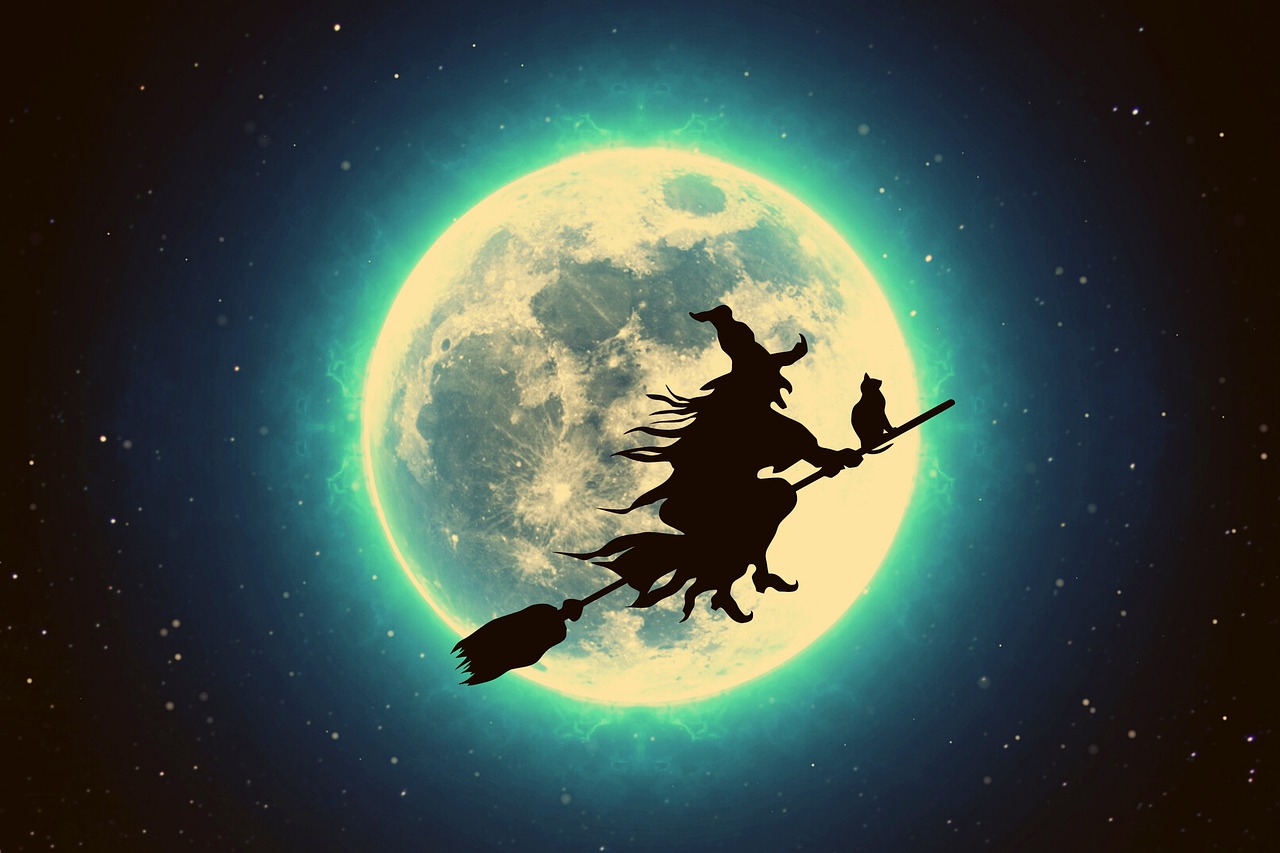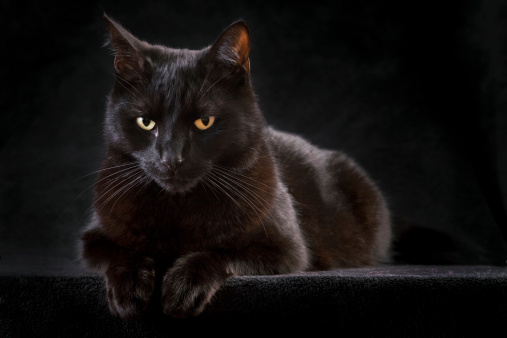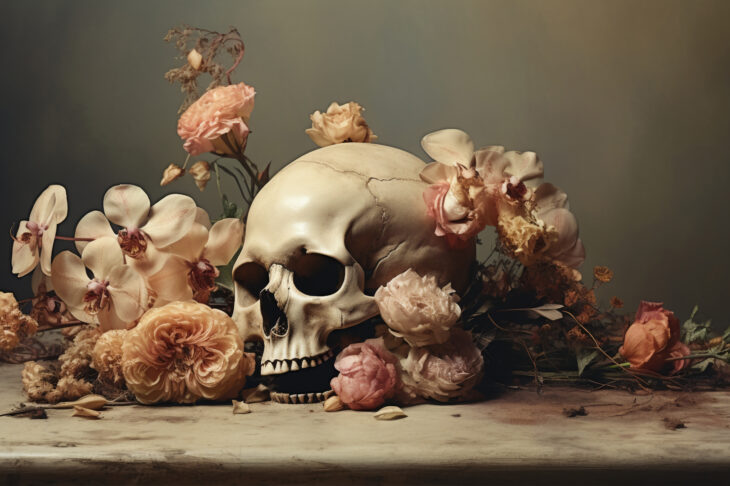
A Quick Guide to Cats in Horror Fiction
Cats have long been associated with the supernatural and have played a significant role in horror fiction throughout the years.
From ancient Egypt, where they were revered as sacred animals, to medieval Europe, where they were often associated with witchcraft and black magic, cats have always held a certain fascination.
In many cultures, they were believed to be able to see into the spirit realm and were thought to be communicate with the dead. This eventually led to the belief that cats were associated with witches and other supernatural beings. They were often depicted as familiars or companions to witches in literature and art. In some countries, such as France, cats were even put on trial for witchcraft and executed.
Cats in Ancient Egypt

Cats have a long and rich association with ancient Egypt. They were highly revered and considered sacred animals. The ancient Egyptians believed that cats were linked to the the goddess Bastet, who had control over the home, fertility, and childbirth. Cats were also believed to have protective powers and were thought to be able to ward off evil spirits and protect the home from vermin.
In ancient Egypt, killing a cat, even by accident, was considered a serious crime. The punishment was severe. The ancient Egyptians believed that if a cat died, the person responsible should be punished by death. The belief in the mystical power of our feline friends was so strong that when a cat died, the entire household went into mourning. The animal was even mummified and buried in a special cemetery for cats.
Cats were used in many religious rituals because they were believed to have the power to communicate with the gods. The ancient Egyptians would leave offerings of milk and food at the temples of Bastet to appease the goddess and ensure the protection of their homes. The Egyptians believed that cats had the ability to see into the afterlife. In fact, they were sometimes buried with their owners, so that they could guide them through the afterlife.
The ancient Egyptians believed that cats had the power to bring good luck and prosperity, and this is regularly depicted in their art and hieroglyphs. Cats were also often given as gifts to other countries as a symbol of good luck and friendship.
Black Cats
Black cats have been associated with the supernatural for centuries, and this association has its roots in various cultural and historical beliefs some of which are lost in the mists of time. One of the main reasons black cats have that link to the supernatural is because of their dark colour, which has long been associated with mystery and the unknown.
In many cultures, black cats were thought to have magical powers and were believed to be able to communicate with the dead. In medieval Europe, they were associated with witchcraft and the occult. They were believed to be the familiars of witches, and it was also thought that witches themselves could transform into black cats. As a result, black cats were often targeted during witch trials, and many were burned at the stake.
Black cats have long been associated with many superstitions. In the Middle Ages, it was believed that a black cat crossing one’s path was an omen of bad luck. This was, of course, reinforced by the association of black cats with witches and the devil.
It’s not all bad news for our feline friends, however. In some cultures, they are considered a sign good luck and prosperity. For example, in Japan, black cats are considered to be lucky and are depicted in art and literature in a more positive way.

Cats on Trial
Cats were certainly associated with witchcraft and the occult in medieval Europe, and as a result, they were regularly targeted during witch trials. In France, cats were put on trial for witchcraft in a phenomenon known as “feline witch trials.” These trials were held during the late 16th and early 17th centuries and were a part of the larger witch-hunt that swept across Europe during that time.
One of the most well-known examples of feline witch trials in France occurred in the town of Autun in 1603. During the trial, a group of cats were accused of causing harm to local citizens and were accused of witchcraft. They were all found guilty and subsequently burned at the stake. Another example occurred in the town of Toulouse in 1609. A group of cats were accused of causing harm to locals, were found guilty and met the same grisly end. The same fate met a group of cats in 1633 in Metz who were said to have made a pact with the devil.
These examples are a small representation of the many trials that took place in France, where cats were put on trial for witchcraft and executed. The belief that they were in league with the devil and had supernatural powers persisted over the next few centuries and even up to the turn of the 20th century many believed that cats could change into witches. In some regions it was thought that by killing the cat, the witch would also die.
These trials were not only limited to France, but also occurred in other European countries such as Germany and Italy. The persecution and killing of cats were a tragic and unfortunate aspect of the witch-hunts in Europe, which were fuelled by fear, superstition, and misunderstanding.
Cats in Horror Fiction
In horror fiction, cats are often used as symbols of evil or as a way to create a sense of unease. They are depicted as being able to see things that humans cannot, and their mysterious and unpredictable nature makes them perfect for horror stories.
Here are a few examples of horror films and books that feature cats prominently:
- “The Black Cat” (1934) – a horror film directed by Edgar G. Ulmer and starring Boris Karloff. It’s about a man who becomes obsessed with a black cat and begins to believe that it is cursed.
- “The Cat People” (1942) – a horror film directed by Jacques Tourneur and starring Simone Simon. The plot revolves around a woman who believes she is a descendant of a race of people who turn into cats when they are sexually aroused.
- “The Witch’s Familiar” (1943) – a horror novel by H.P. Lovecraft. The plot centres of a witch who has a familiar in the form of a cat.
- “Halloween III: Season of the Witch” (1982) – a horror film directed by Tommy Lee Wallace and starring Tom Atkins which follows a company that creates masks that turn people into witches. A black cat is featured prominently in the film.
- “Cats Eye” (1985) – a horror film directed by Lewis Teague and starring Drew Barrymore and James Wood. The film has several interwoven horror tales that are linked by a neighbourhood cat.
- “American Horror Story: Coven” (2013-2014) – a television series created by Ryan Murphy and Brad Falchuk. The plot centres around a coven of witches, and a black cat is the perfect supporting act.
- “The Witch’s Cat” (2015) – a horror novel by Ruth Warburton. It’s about a girl who discovers that her cat is a witch’s familiar.
- “The Black Cat” (2018) – a horror film directed by Lars Klevberg and starring Kevin Bacon centring on a man who is haunted by a black cat after his wife dies.
- “The Cat in the Wall” (2019) – a horror novel by Michael Knight. The plot involves a family who find a cat living in their walls and begin to experience terrifying events.
From ancient Egypt to modern times, cats have always been associated with the supernatural, and their role in horror fiction is a testament to their enduring fascination for people.
What’s your favourite cat-based horror story or film and why. Let us know in the comments section below.

